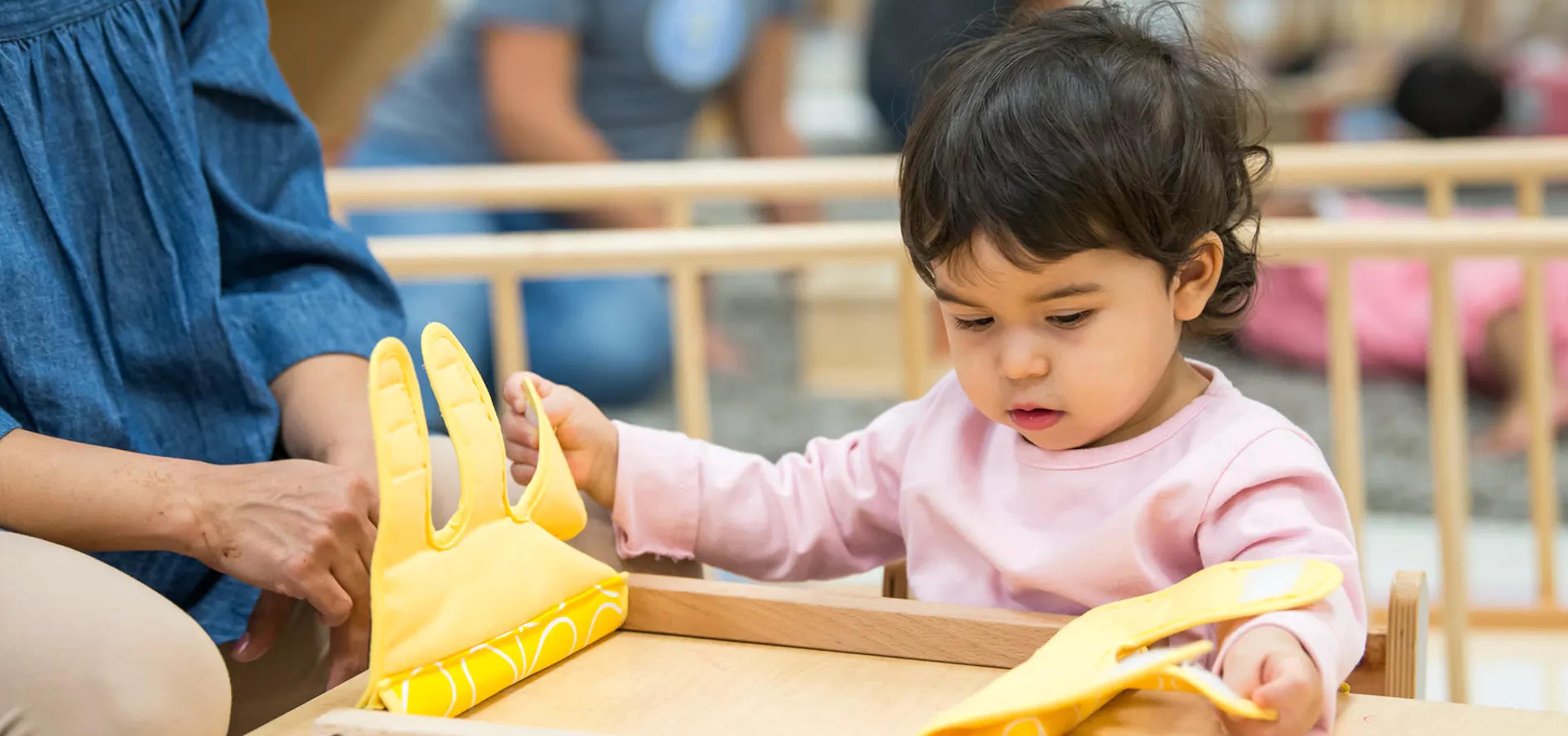The Montessori method of education was developed by Dr Maria Montessori in the early 1900s. Today, Montessori schools are found all over the world and are known for their unique approach to education. The Montessori learning approach differs significantly from traditional education. It operates without a grading system and the teacher is not the sole authority in the classroom.

What makes a Montessori classroom different?
Child-Centred Learning
In a Montessori classroom, the focus is on the child. Teachers are trained to observe each child carefully, to understand their strengths and weaknesses, and to adapt their teaching approach accordingly. This means that each child's learning is personalised, and they can progress at their own pace.
Mixed-Age Groups
In Montessori classrooms, children of different ages work together in the same classroom. For example, a classroom might have children aged between three and six years old. This mixed-age group approach allows younger children to learn from older children and vice versa. It also helps to create a sense of community within the classroom, as children learn to respect and support one another.
Prepared Environment
Montessori classrooms are carefully designed to promote independent learning. Everything in the classroom is child-sized and arranged in an orderly manner, so that children can easily access the materials they need. Materials are displayed on low shelves, and children are encouraged to choose their own work and to put it back when they have finished.
Montessori Materials
One of the most distinctive features of a Montessori classroom is the use of specially designed Montessori materials. These materials are designed to be self-correcting, so that children can learn from their mistakes without the need for adult intervention. They are also designed to be used in a particular sequence, so that children can progress through different levels of difficulty.
Emphasis on Practical Life Skills
Montessori classrooms place a strong emphasis on developing practical life skills. Children are taught how to dress themselves, how to prepare food, how to care for their environment, and how to perform other practical tasks. This helps to promote independence and self-sufficiency.
Freedom Within Limits
Montessori classrooms allow children a great deal of freedom, but within certain limits. For example, children are free to choose their own work and to work at their own pace. However, they are also expected to respect the materials and the other children in the classroom. This approach helps to develop self-discipline and self-regulation.
Multi-Sensory Learning
Montessori classrooms provide children with a range of multi-sensory learning experiences. For example, children might learn about colours by sorting and matching coloured objects, or they might learn about geography by using a map and placing flags on different countries. This approach helps to engage children's senses and to make learning more meaningful.
In summary, what makes a Montessori classroom different is its child-centred approach to learning, mixed-age groups, prepared environment, specially designed materials, emphasis on practical life skills, freedom within limits, and multi-sensory learning experiences. These features work together to create a unique and effective learning environment that promotes independence, self-discipline, and a love of learning.

